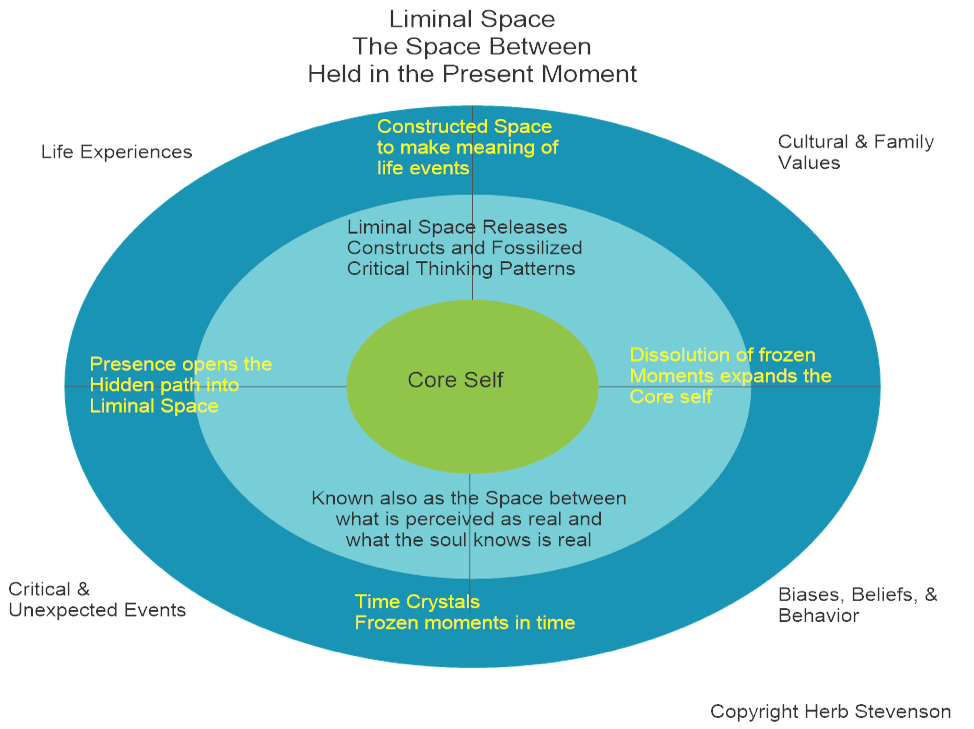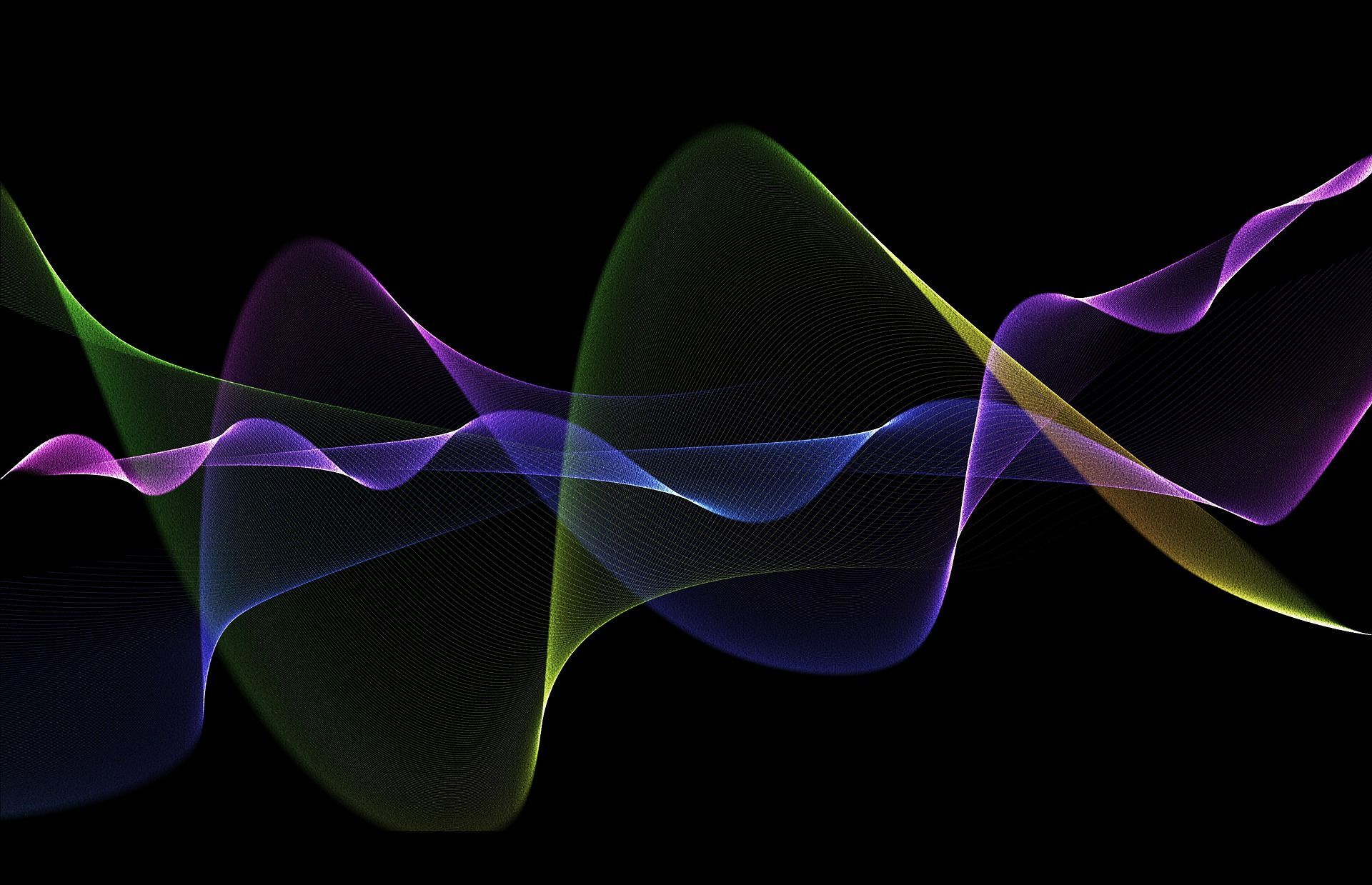Dreams
Share this Article
During times of crisis, there is an opportunity to develop your presence beyond your normal day-to-day experiences. During a crisis, people focus on moment-to-moment getting through the day or focus on what needs to be done to not only survive but to thrive if not during the crisis then in the aftermath. Somewhere in between are moments that can be liminal… changing the Internal meaning making neuro-pathways that program our daily activities. In other words, how we perceive and experience ourselves.
For example, crisis evokes the pain body or the fear body… survival mechanisms designed to avoid pain experienced in the past and disasters of our imagination of how reality could be worse than it is. Pain bodies are energy fields that surround emotional moments frozen in time. These bodies are activated in any situation that seems it might trigger a similar painful experience. Oddly, the pain bodies invoke pain or a sense of danger to keep us away from re-experiencing the original painful event. (Seems our brain and programming might need an upgrade. :-)
Similarly, we have fear-bodies that activate as a pre-emptive pulse of fear to prevent enacting or re-enacting something that creates a deep sense off dread or fear within us. For example, in many family dynamics, mature conversations between family members, whether it be parents or siblings and all of those configurations. The thought of having a meaningful conversation trigger fear that is often paralyzing.
If we are able to remain sufficiently present, to acknowledge we have been triggered, we begin to dissolve the pain and/or fear bodies that prevent dissolve the frozen momenta in time.
Liminal Space
Presence, being consciously aware in the moment of one's actions and reactions while experiencing them at the same time, is a doorway to liminality. Liminality is the space between. A liminal space is the consciously aware time/place between the 'what was' and the 'next' constructed sense of one’s self. It is a place of transition, waiting, and not knowing. Often, we get caught between excitement and anxiety because liminal space is where all internal transformation or transitions reside that can only take place in the present moment.
Dreams: Another Doorway
Dreams are another doorway into liminal space. During dream time, much of the logical day to mind is suspended or asleep. We can call it the ego, though I prefer to just call it the programmed daily mind. Interestingly, a lot of what occurs in dreams is playing out the unfinished business from waking time. Hence, during times of crisis we might find ourselves in a variety of catastrophic dreams that reveal deep seated pain, emotions and fear.
Pause and consider the dreams you have recently experienced while during the coronavirus. Pay particular attention to your emotions and feeling (sensations). Ask what these emotions and sensations are trying to complete.
Presence
With practice, we can train our mind to focus on the pain and fear body invocations whether awake or asleep and in dreamtime. Each reactive moment whether awake or asleep is a crack in the door to new awareness and healing. We can choose to open the door to the pain and fear or choose to acknowledge that it is unfinished business, a moment frozen in time seeking your here and now in the moment presence.
Playing catch with oneself is a way that I have used to remind myself to watch and catch each fleeting moment of pain or fear invocation. Presence enables me to see that an emotions or fear, like in playing catch, can come in a variety of pitches. Fast ball, knuckle ball, curve ball, sliders, etc are variation energy coming towards the batter. The batter either relaxes into seeing the nuances and prepares to hit the ball or only sees a moving target that often is swung at and missed, leaving the batter sullen and frustrated because prior strikeouts cloud the presence of the Individual. The latter chases ghosts where the one fully present plays baseball.
Dreams Records
Dream are moments of liminal time which close quickly as we all have experienced a profound dream only to lose It as we awaken. The awake, daily program mind, tends to erase our dreams unless we retrain it by recording dreams immediately using desire, intent and sheer will to remember and record. The issue to remember Is that remembering dreams is an act of practicing being fully present to the moment. Prior programing is changed, and it leads us to a greater sense of participation and presence in dreams and in daily life.

The above diagram capsulizes the concepts. Note that outside of our awareness are the unfinished or unconscious programming that is not integrated and creates the triggers for the pain and fear bodies. Unfinished critical and unexpected events including trauma, biases, beliefs and misbehavior, cultural and family values, dynamics, and misbehaviors, and life experiences float outside the ring of constructed meaning making for self-protection that often is frozen in a moment in time.
The Dream Practice of Presence
Upon waking from the dream, immediately write thoughts, notes, key words or a stream of images that comes from the dream. If possible, record sensations and emotions, insights, and sudden awareness. Frequently, we try so hard we close the dreaming mind and further awaken the daytime mind losing the details.
Try to relax and follow Rumi’s guidance “Don’t Go Back to Sleep.”

Remember: Every sensation or experience in the dream is a voice within yourself that seeks to be heard or an event that seeks satisfaction or completion. The mature adult in the present moment knows how to allow that voice to speak and be heard and the unfinished business from the past to completed by the wonderful person that you presently are. To support your process, the link below goes to a PDF dream form I created 30 years ago to support my dream development which I now know is to support my healing presence.
Bountiful Blessings,










